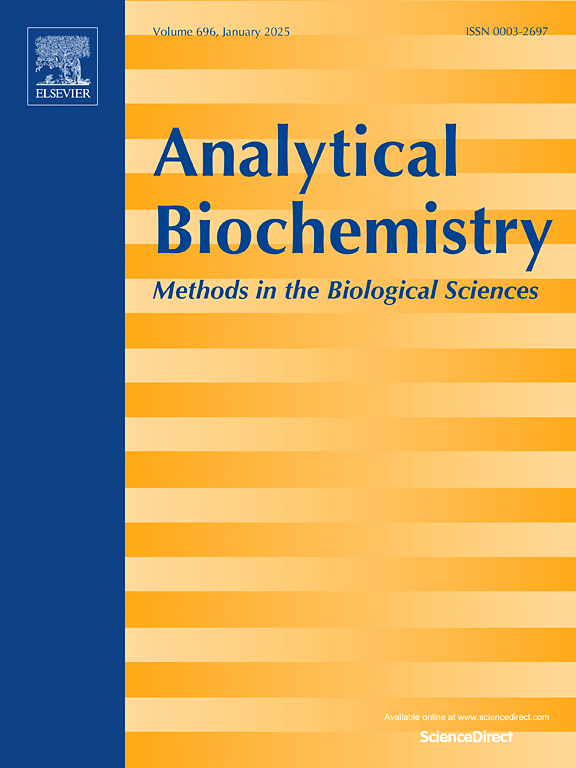Predictive performance of a centrosome-associated prognostic model in prognosis and immunotherapy of lung adenocarcinoma
IF 2.5
4区 生物学
Q2 BIOCHEMICAL RESEARCH METHODS
引用次数: 0
Abstract
In recent years, mounting investigations have highlighted the pivotal role of centrosomes in cancer progression. In this study, we employed bioinformatics and statistics to establish a 13-centrosome-associated gene prognostic model for lung adenocarcinoma (LUAD) utilizing transcriptomic data from TCGA. Based on the Riskscore, patients were stratified into high- and low-risk groups. Through survival analysis and receiver operating characteristic curve analysis, our model demonstrated a consistent and robust prognostic capacity, which was further validated using the GEO database. Univariate/multivariate Cox regression analyses identified our model as an independent prognostic factor for LUAD patients. Subsequently, immunoinfiltration analysis showed that immune cell infiltration levels of aDCs, iDCs, Mast cells, and Neutrophils, as well as immune functionalities such as HLA, Type I IFN Response and Type II IFN Response, were markedly reduced in the high-risk group compared to the low-risk group. Finally, we conducted a drug screening to identify potential treatments for patients with different prognoses. We utilized the GDSC database and molecular docking techniques to identify small molecule compounds targeting the prognostic genes. In conclusion, our prognostic model exhibits robust and reliable predictive capability, and it may have important clinical implications in guiding treatment decisions for LUAD patients.

中心体相关预后模型在肺腺癌预后和免疫治疗中的预测作用。
近年来,越来越多的研究强调了中心体在癌症进展中的关键作用。在本研究中,我们利用TCGA的转录组学数据,运用生物信息学和统计学方法建立了13中心体相关基因对肺腺癌(LUAD)的预后模型。根据风险评分,将患者分为高危组和低危组。通过生存分析和受试者工作特征曲线分析,我们的模型显示出一致和稳健的预后能力,并使用GEO数据库进一步验证了这一点。单因素/多因素Cox回归分析确定我们的模型是LUAD患者的独立预后因素。随后,免疫浸润分析显示,与低风险组相比,高危组adc、idc、肥大细胞和中性粒细胞的免疫细胞浸润水平以及HLA、I型IFN反应和II型IFN反应等免疫功能明显降低。最后,我们进行了药物筛选,以确定不同预后患者的潜在治疗方法。我们利用GDSC数据库和分子对接技术来鉴定靶向预后基因的小分子化合物。总之,我们的预后模型显示出稳健可靠的预测能力,可能对指导LUAD患者的治疗决策具有重要的临床意义。
本文章由计算机程序翻译,如有差异,请以英文原文为准。
求助全文
约1分钟内获得全文
求助全文
来源期刊

Analytical biochemistry
生物-分析化学
CiteScore
5.70
自引率
0.00%
发文量
283
审稿时长
44 days
期刊介绍:
The journal''s title Analytical Biochemistry: Methods in the Biological Sciences declares its broad scope: methods for the basic biological sciences that include biochemistry, molecular genetics, cell biology, proteomics, immunology, bioinformatics and wherever the frontiers of research take the field.
The emphasis is on methods from the strictly analytical to the more preparative that would include novel approaches to protein purification as well as improvements in cell and organ culture. The actual techniques are equally inclusive ranging from aptamers to zymology.
The journal has been particularly active in:
-Analytical techniques for biological molecules-
Aptamer selection and utilization-
Biosensors-
Chromatography-
Cloning, sequencing and mutagenesis-
Electrochemical methods-
Electrophoresis-
Enzyme characterization methods-
Immunological approaches-
Mass spectrometry of proteins and nucleic acids-
Metabolomics-
Nano level techniques-
Optical spectroscopy in all its forms.
The journal is reluctant to include most drug and strictly clinical studies as there are more suitable publication platforms for these types of papers.
 求助内容:
求助内容: 应助结果提醒方式:
应助结果提醒方式:


